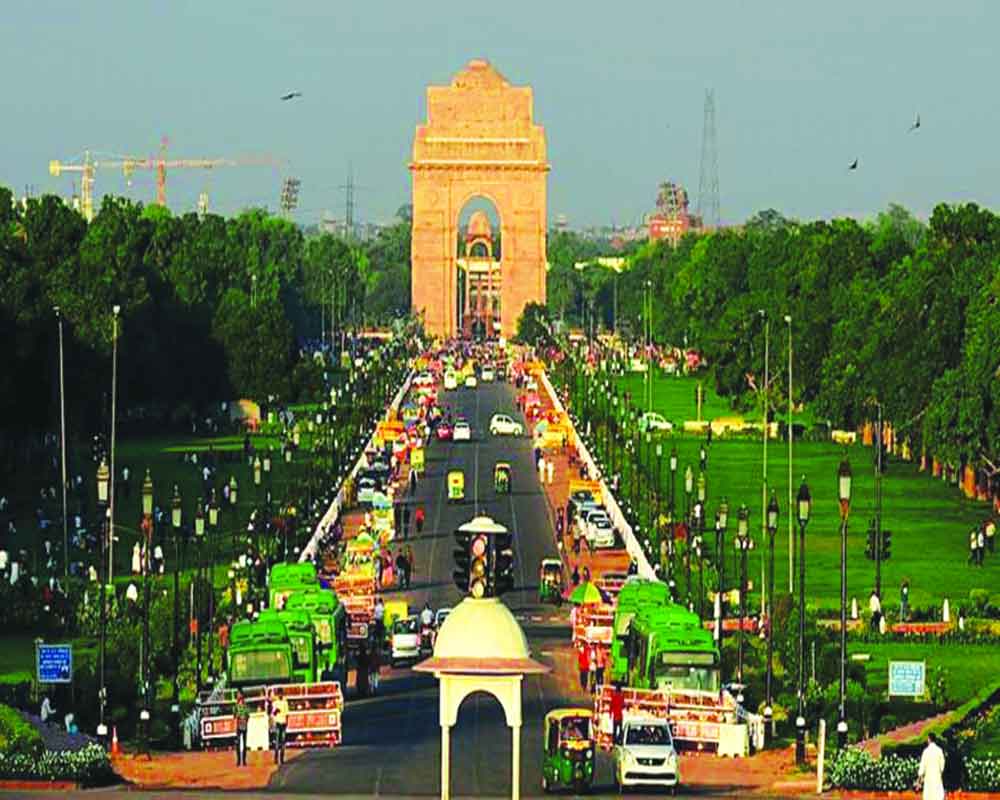Citizens are as much stakeholders in Rajpath’s redevelopment as the Govt. Why the secrecy then?
Every city has a character and aesthetics that are unique to it and which the citizenry is proud of. Delhi is defined by its rich cultural heritage, the centrepiece of which is Lutyens’ Delhi and the Central Vista. For many generations of Delhiites, this 3-km stretch from Rashtrapati Bhavan, North and South Block up to India Gate is Dilli ka dil. It is their heritage, their pride and holds a host of memories. It is bad enough that the Union Government has decided to redevelop the iconic Central Vista and is planning to change Delhi’s skyline. But why is it not giving heed to the protests and objections being raised by Delhiites and people around the country over this erasure of history? Because erasure of heritage it is, as the redevelopment could mean the loss of the Indira Gandhi National Centre for the Arts, the National Museum and the National Archives. Ever since the Delhi Development Authority (DDA) made the proposal to change land use of the Central Vista public in December and asked people in the “spirit of fairness” to “state their opinions” on the issue, over 2,000 people, both from within and outside Delhi, have written to the DDA opposing the proposed move on many counts.
Not only do Delhiites see this as a bid to grab their public space, they are also worried by the prospect of the loss of stretches of water bodies, fountains and evergreen trees. In the absence of any official clarity on the height of the new structures, there will be environmental consequences as covering up large open spaces will mean that the ground water charging will be impeded. There could be a potential loss of the micro-climate that the Central Vista and Lutyens’ zone constitute in arid Delhi. Why did the DDA, which published a notification in newspapers on February 5 regarding a public hearing on the proposed land use changes, give just a two-day notice on something as monumental as this? Also, it did not invite all those who wrote letters opposing the move and selectively sent it to just 1292 people. It also asked the invitees to place their comments within nine hours over a period of two days, effectively giving them a paltry 2.5 minutes to put their point across. Plus the media was barred from the meeting and those present there were not allowed to record it. The Rajpath has been our ceremonial pivot. Attempting to change it for no pressing reason, therefore, is like marginalising and eroding its place-based identity. Simply because of its historicity as a power statement. One that the current regime wants to overlay by force.


























